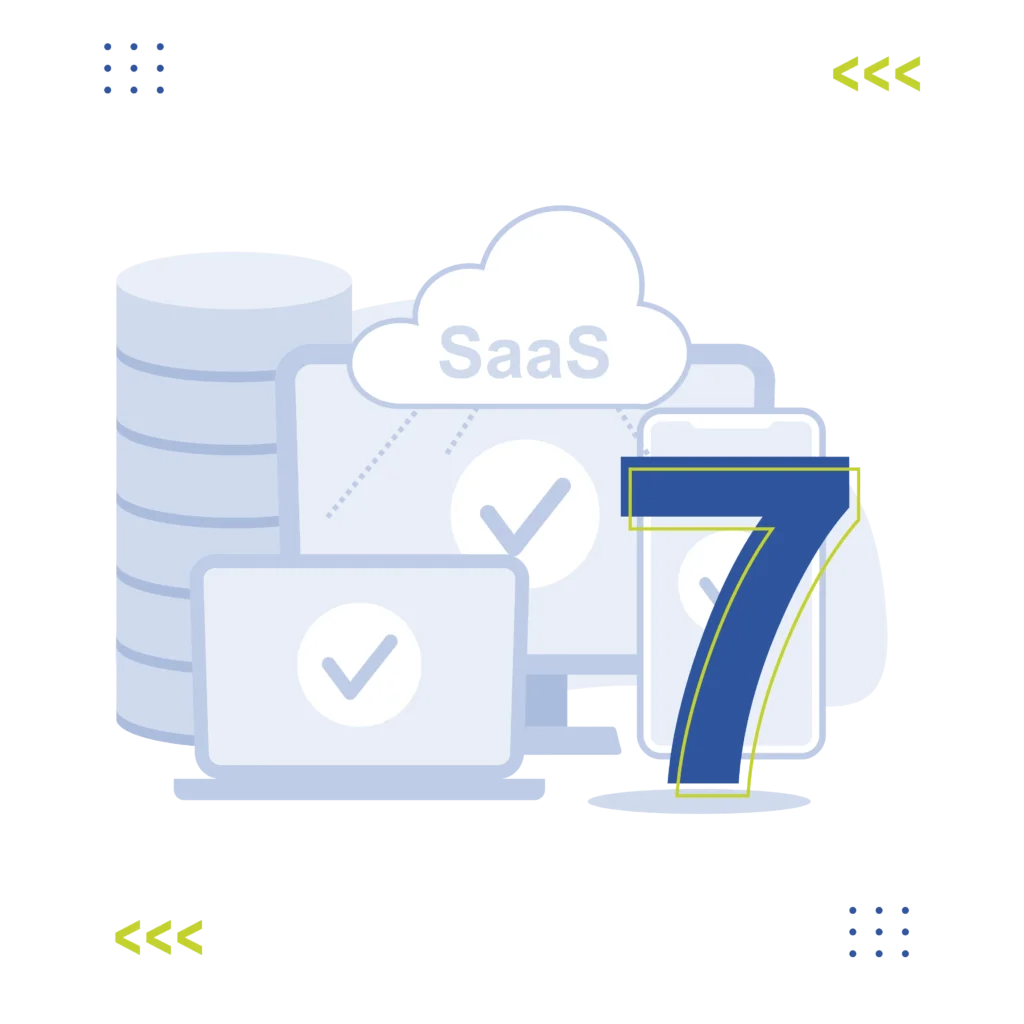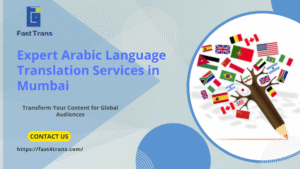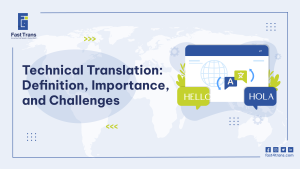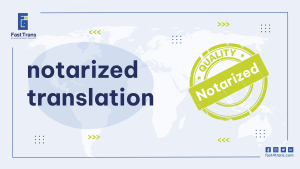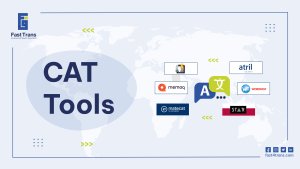Arabic SaaS localization is about more than just translation—it’s about creating a culturally relevant, seamless experience for Arabic-speaking users. Arabic SaaS Localization Mistakes include ignoring regional dialects, misaligning right-to-left text, and failing to adapt design elements for local preferences.
Neglecting market research and hardcoding text can complicate the process, while overlooking ongoing updates risks outdated content. A successful strategy requires understanding cultural nuances, adjusting UI for text expansion, and localizing all touchpoints, from customer support to marketing materials. With the right approach, companies can build trust, engage users, and expand into the thriving Arabic market.
What is Arabic SaaS Localization?
Arabic SaaS localization refers to the process of adapting Software-as-a-Service (SaaS) products specifically for Arabic-speaking users, ensuring that the software is culturally relevant, linguistically accurate, and user-friendly in Arabic-speaking regions. This process goes beyond simple translation; it involves modifying the interface, design, content, and functionality to suit the unique preferences, behaviors, and needs of Arabic users.
Key considerations include adjusting for right-to-left (RTL) text alignment, local dialects, and cultural sensitivities while also addressing regional variations in currencies, dates, and measurements. By localizing SaaS products for Arabic markets, companies can enhance user experience, increase engagement, and broaden their reach in a fast-growing and diverse market.
Why Does Arabic SaaS Localization Matter?
Arabic SaaS localization is crucial because the Arab world represents a rapidly growing and diverse market with over 400 million speakers across more than 20 countries. As the digital landscape expands, providing a localized experience in Arabic helps businesses tap into this lucrative market by connecting with users on a deeper cultural and linguistic level.
It goes beyond simple translation—localization ensures that the product resonates with regional preferences, respects cultural norms, and addresses unique user needs. For instance, right-to-left text, culturally appropriate design, and region-specific content can significantly enhance user experience, build trust, and increase adoption.
In an increasingly competitive market, investing in Arabic localization not only improves user satisfaction but also positions your SaaS product as a truly global solution capable of serving diverse audiences, fostering long-term loyalty, and driving growth in the Arab-speaking world.
Arabic SaaS Localization Mistakes
Common Arabic SaaS localization mistakes include neglecting proper market research, failing to account for right-to-left text alignment, and overlooking the importance of specifying regional dialects. Not adapting SEO terms or considering cultural nuances can also lead to ineffective localization.
1. Lack of Target Market Research
When localizing your software for Arabic-speaking audiences, it’s essential to understand your target market thoroughly. Failing to research the nuances of the region can lead to missed opportunities and significant mistakes.
Do you understand the design aesthetics that appeal to Arabic users?
Which communication style resonates best with Arabic-speaking audiences—more formal or casual?
What about addressing (or avoiding) sensitive topics like politics, religion, and social issues, which can vary across the Arab world?
For example, an American audience may appreciate a friendly and informal communication style, while an Arabic audience might prefer a more formal tone, depending on the region. Different Arabic-speaking countries (like Saudi Arabia, Egypt, or the UAE) may have unique preferences, requiring tailored localization strategies.
Read more: The Complete Guide to SaaS Localization
2- NOT Internationalizing from the start
If your software isn’t designed with localization in mind from the beginning, various user interface (UI) issues may arise. For Arabic, consider the right-to-left (RTL) script direction. Failing to design with this in mind could cause:
- Misalignment of text and layout, leading to a messy, unreadable interface.
- Text expansion issues, where Arabic translations may require more space than anticipated.
- Truncation or overlapping text due to improper space allocation for RTL text.
- Incorrect formatting for currencies, measurements, dates, and numbers used in the Arab world.
Read more: What is Internationalization?
3- Hardcoding
Hardcoding text into the software’s code can make the localization process time-consuming and complex. For Arabic localization, this issue can be particularly tricky, as right-to-left text direction, special characters, and specific punctuation marks need to be accounted for.
Avoid this by storing all text that needs translation in separate, easily extractable files. Formats like JSON, YAML, PO, or XLIFF/XML are ideal and simplify the extraction process for Arabic localization.
Read more: What is Software Internationalization?
4- Thinking it’s a one-time task
Localization is an ongoing process, and this is especially true for Arabic markets. Language, culture, and even political and social contexts change, so continuous localization efforts are necessary.
For example, an Arabic translation that was accurate in 2018 may now feel outdated or irrelevant. Keep your software up-to-date and in tune with the evolving preferences and expectations of your Arabic-speaking audience.
5- Not Specifying the Exact Locale
Arabic is spoken across many regions, so it’s important to target specific dialects or locales when localizing SaaS.
Do you mean Modern Standard Arabic (MSA), which is understood across the Arab world, or do you need to focus on a particular dialect like Egyptian Arabic or Gulf Arabic?
For example, while the word for “settings” in MSA would be “الإعدادات”, users in Algeria might prefer “الضبط”, and in the Gulf region, “الإعدادات” may be commonly used. Clarifying the exact locale helps ensure better user engagement.
6- Forgetting different translation lengths
As with any localization, Arabic translations may lead to text expansion, especially when translating from English to Arabic, which can be more compact. For example, Arabic often uses fewer characters to express the same meaning. However, the opposite can also happen if you are localizing to or from languages with longer words.
If not carefully considered, this can lead to layout issues in your Arabic version, such as:
- Text spilling outside buttons or UI elements.
- Overlapping text in the interface.
- Disorganized layout affecting user experience.
7- Not Including All Touchpoints
Localization for Arabic-speaking users doesn’t stop with the software itself. It’s critical to localize all user touchpoints, including onboarding materials, compliance documents, and promotional content.
One of the most crucial touchpoints is your website, as it often serves as the first point of interaction. Make sure that all sections of the website are localized, including FAQs, Help Center articles, and user manuals, with careful attention to Arabic linguistic and cultural nuances.
Read more: 11 Golden Steps for Website Localization
How to Build an Effective & Cost-Efficient Arabic SaaS Localization Strategy
To create a successful and cost-effective Arabic SaaS localization strategy, prioritize market research, focus on high-growth regions, and leverage professional translators and localization tools. Optimize content and features based on cultural preferences, while ensuring continuous updates and local payment methods.
1. Conduct Thorough Market Research
- Understand the cultural, social, and economic differences across Arabic-speaking regions.
- Identify the specific needs and preferences of your target audience (e.g., Gulf, North Africa, Levant).
- Research local competitors and their localization efforts to gauge market expectations.
2. Prioritize High-Impact Regions
- Focus on regions with the highest potential for growth (e.g., GCC countries, Egypt, or Morocco).
- Tailor your strategy based on the region’s language variations and cultural sensitivities.
3. Use Professional Localization Services
- Invest in native Arabic-speaking translators with SaaS and technical expertise.
- Ensure translators understand both language nuances and the SaaS industry-specific terminology.
4. Leverage Localization Tools & Platforms
- Use software localization tools like Transifex, Crowdin, or Smartling to streamline the process.
- Automate workflows for translation management to reduce manual efforts and costs.
5. Internationalize Your Software from the Start
- Design your SaaS with internationalization (i18n) in mind to avoid costly rework later.
- Ensure that your platform supports right-to-left (RTL) text and adapts to different languages (Arabic, for example) without layout issues.
6. Standardize and Optimize Content
- Establish a consistent glossary and style guide to ensure uniformity across all translations.
- Optimize content for cultural relevance without overcomplicating the language; avoid redundant words or phrases.
7. Focus on Core Features First
- Start by localizing the most important and frequently used features of your SaaS product.
- Prioritize key touchpoints such as onboarding, help documentation, and customer support interfaces.
8. Test and Iterate Regularly
- Conduct usability testing with native Arabic speakers to identify potential issues in translation or UI/UX design.
- Gather feedback and continuously refine your localization based on user insights and emerging trends.
9. Monitor and Update Localization Continuously
- Keep track of language changes, emerging trends, and evolving market conditions in the Arabic-speaking world.
- Regularly update your product and content to ensure ongoing relevance and engagement.
10. Consider Local Payment Methods & Currencies
- Adapt your SaaS platform to accept local payment methods like Mada, Fawry, or mobile wallets used in different Arabic regions.
- Ensure proper localization of currencies, taxes, and pricing models based on local market norms.
11. Optimize Customer Support for Arabic-Speaking Users
- Provide Arabic-language customer support, either through chatbots or local agents.
- Offer localized knowledge bases, FAQs, and self-help materials to improve customer satisfaction.
12. Incorporate Regional Marketing Strategies
- Localize marketing materials, advertisements, and social media content for Arabic-speaking audiences.
- Focus on regional holidays, events, and culturally relevant references to increase engagement.
How Fast Trans overcome SaaS localization challenges
Our team comprises industry experts who have worked extensively with software translation and localization, meaning, that they probably have seen the above mistakes recurring over and over with clients, to the point that they not only avoid them completely but also provide a seamless localization solution that you can trust blindly to boost your sales!
Aside from market experience, we provide our translators with all available translation and localization tools to run projects smoothly. The could range from utilizing glossaries, and translation memories to style guides to ensure consistency throughout the process.
If you’re curious about other SaaS localization benefits we offer, check our localization services page.
Conclusion
Arabic SaaS localization involves adapting software to suit the linguistic, cultural, and technical preferences of Arabic-speaking users. Key challenges include ensuring right-to-left text alignment, addressing regional dialects, and accounting for cultural sensitivities. It’s essential to design the software with internationalization in mind, ensuring the interface accommodates text expansion, proper formatting for local currencies and dates, and region-specific design preferences. Neglecting these factors can lead to disorganized user interfaces, misaligned text, and a lack of engagement from Arabic-speaking users.
Common Arabic SaaS Localization Mistakes include failing to conduct thorough market research, overlooking the importance of specifying regional dialects, and not accounting for translation length variations. Additionally, companies often make the error of hardcoding text, making localization more complex and time-consuming. A successful strategy includes continuous localization efforts, proper localization of all user touchpoints, and ensuring that all translations align with regional preferences and SEO terms. Regular updates, professional localization services, and the use of localization tools can streamline the process and enhance user satisfaction.

